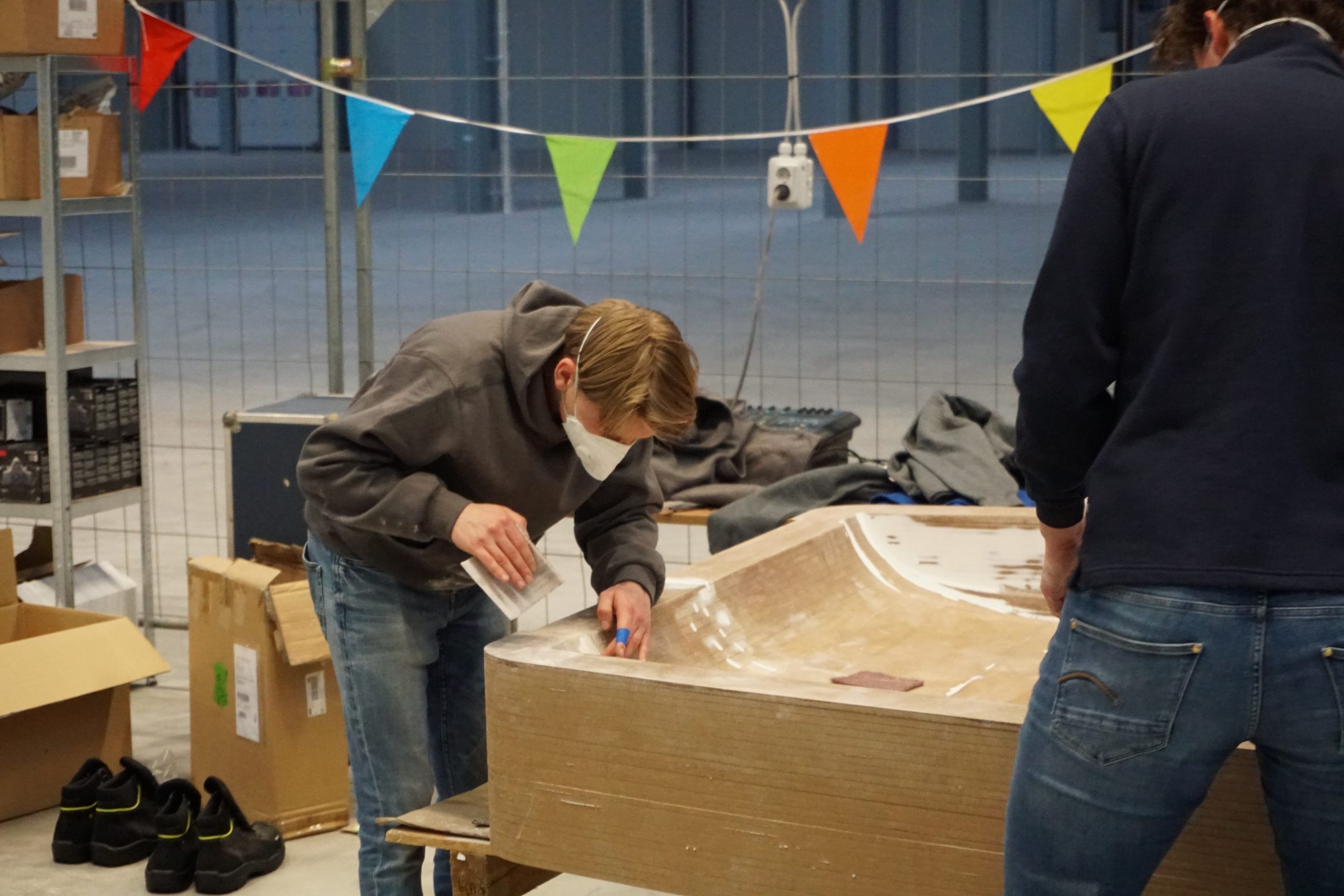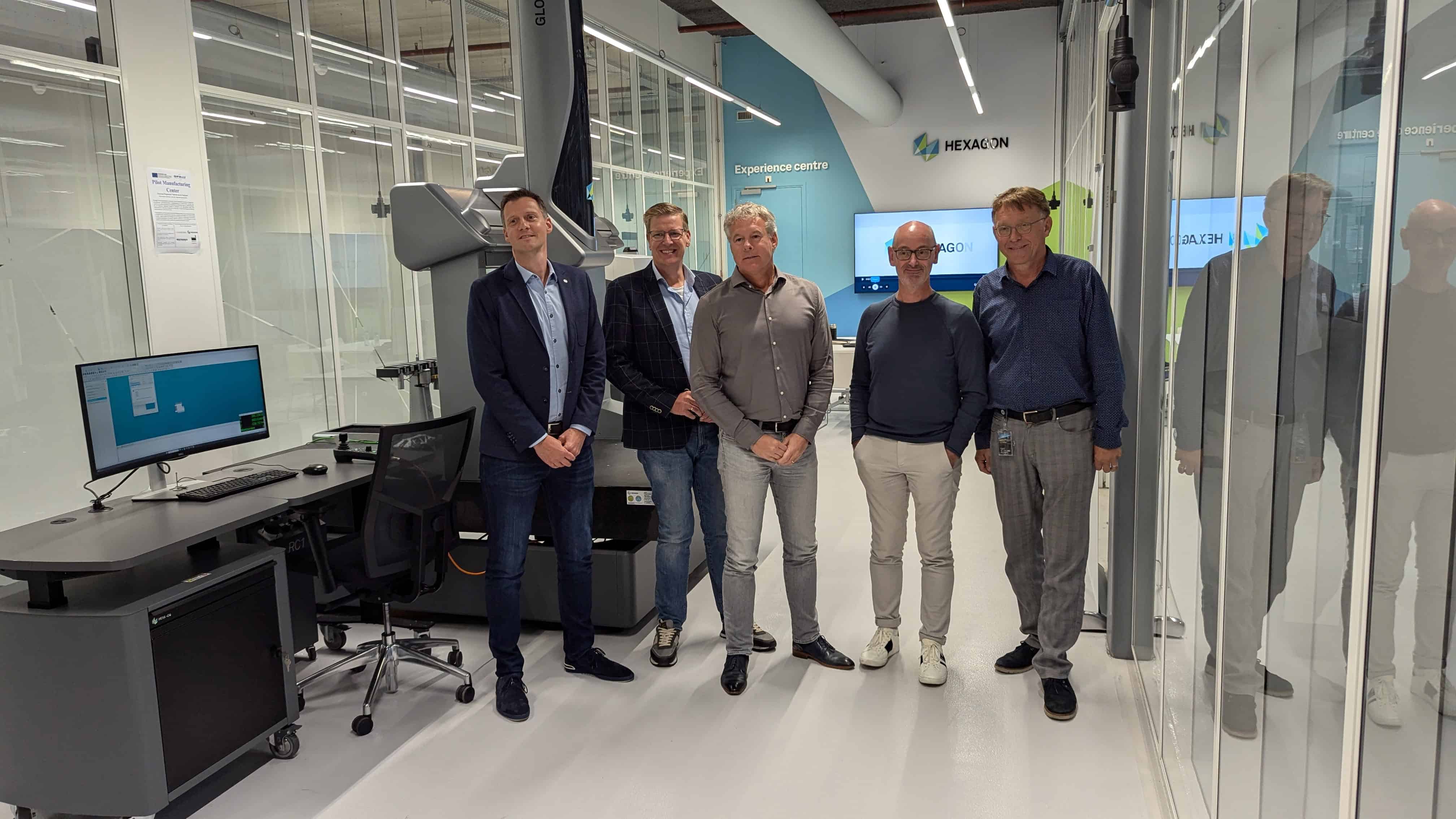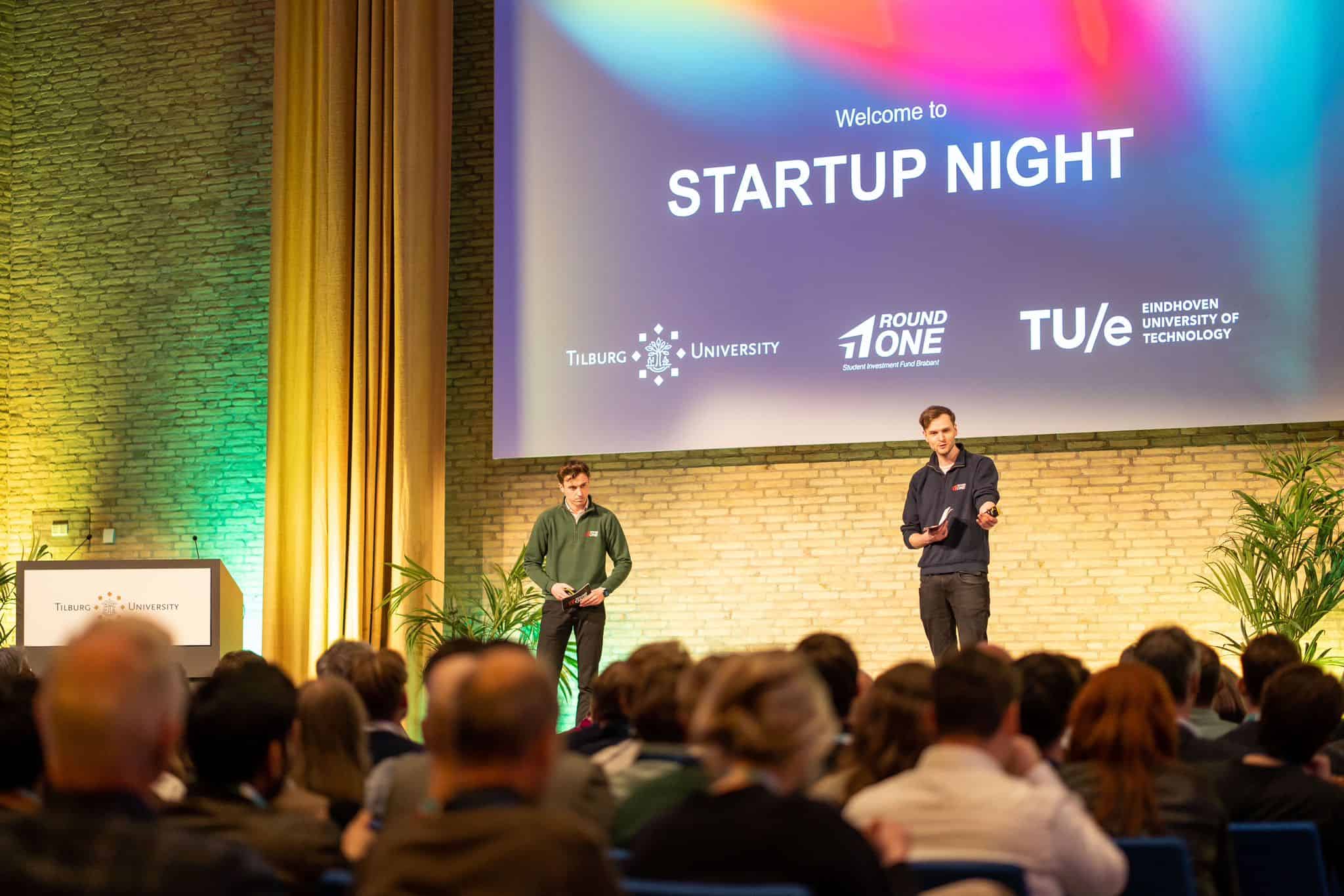
This year, there will be no World Solar Challenge for the Dutch Solar Team Eindhoven. Not just because the annual race in Australia is cancelled due to the coronavirus. But because the students are also taking a different approach. Unlike their predecessors, they are now designing a self-sufficient house on wheels.

SHOW – Self-sustaining House On Wheels as the vehicle is called in full, generates enough power to drive 600 kilometers on one full battery. Moreover, this energy can be used for a hot shower, watching TV, charging laptops and telephones and, for instance, making coffee. “Basically everything you use in everyday life,” explains Charlot Felderhof from Solar Team Eindhoven. “But without being dependent on the grid. In our opinion, this shows us the future of a self-sufficient lifestyle as well as mobility.”
Even if the Solar Challenge had gone ahead this year, the students would not have traveled to Australia. Felderhof jokingly says, “We took a good look in our crystal ball and decided to build something else.”
The real reason, of course, is quite different: “Our predecessors haven’t made it easy for us. They kept on further developing the family car, which was pretty rock-solid. That’s what we carried on with. What does that future of sustainable mobility look like to us? We think that vehicles can make a difference in the energy transition. A campervan is a great use case to demonstrate this.”

Should you have a campervan or not?
Although the students themselves would rather not call it a campervan as such. After all, it’s ‘a bit old-fashioned’. Felderhof: “We also want to appeal to a new, younger target group. It’s not just a sustainable way of travelling or going on vacation. But a different way of life too. It’s more than just a campervan. With this vehicle, you not only have enough energy to drive, but you can also park for a longer period of time to get some work done, for one thing.”
Solar Eindhoven hopes to hit the road with SHOW in September. The students are busy planning a tour towards Southern Europe. Along the way, they’ll stop at all sorts of places to show off their vehicle to companies and other organizations. “Why travel all the way to Australia when we can also inspire others closer to home? We want to send out a signal. We will never achieve the climate targets if we stay on our current path. The energy transition to sustainable mobility, among other things, has got to happen much faster. We are showing that this is possible. We had nothing a year ago,” says Felderhof confidently.
Fresh perspective on sustainable mobility
According to her, there are several reasons why the student team can make this vehicle in one year. “None of us have ever worked for a company before. We are fresh out of university and going into it very open-minded. Everyone has a fresh perspective on mobility and we want to prove that things can be done differently. In this respect, it helps a lot that the university and partners have left us to our own devices. We get all the support we need. But we do set the course. I think that this open-mindedness works to our advantage,” explains Felderhof.
The fact that the team members knew in advance that they only had one year to get it done also plays a part, Felderhof states. “You know that you’ll be working on this for one year. It’s hard work and takes a lot of perseverance. Also because most of them will continue on with their studies afterwards. That pressure does help.”
Putting books into practice
Despite the very long days, Felderhof wouldn’t have wanted to miss out on any of it. “It’s such a cool experience. I’m constantly talking to companies and partners. In a very short time, I get to learn so much about the business side of things and make a lot of useful contacts. This is also cool for our engineers. At university you learn a lot, but you don’t actually do much. Now they’re putting those books into practice. Also, the fact that all the fields come together, because all the separate parts of the vehicle have to be able to communicate with each other, is a huge learning process for them.”
Felderhof and her team have about four months left to finish SHOW. In order to do so, they have a large factory hall at Brainport Industries Campus (BIC) that they can use. She believes this is going to work out just fine. “We have all the space here we need and the contact with the other companies is really good too.. Everyone is willing to share their ideas. We can also turn to the university or partners if we run into problems. But our design is put together well and we have enlisted various companies to support us. In terms of components, we have almost everything we need. We’re just looking for companies to help us out financially during the tour.”









